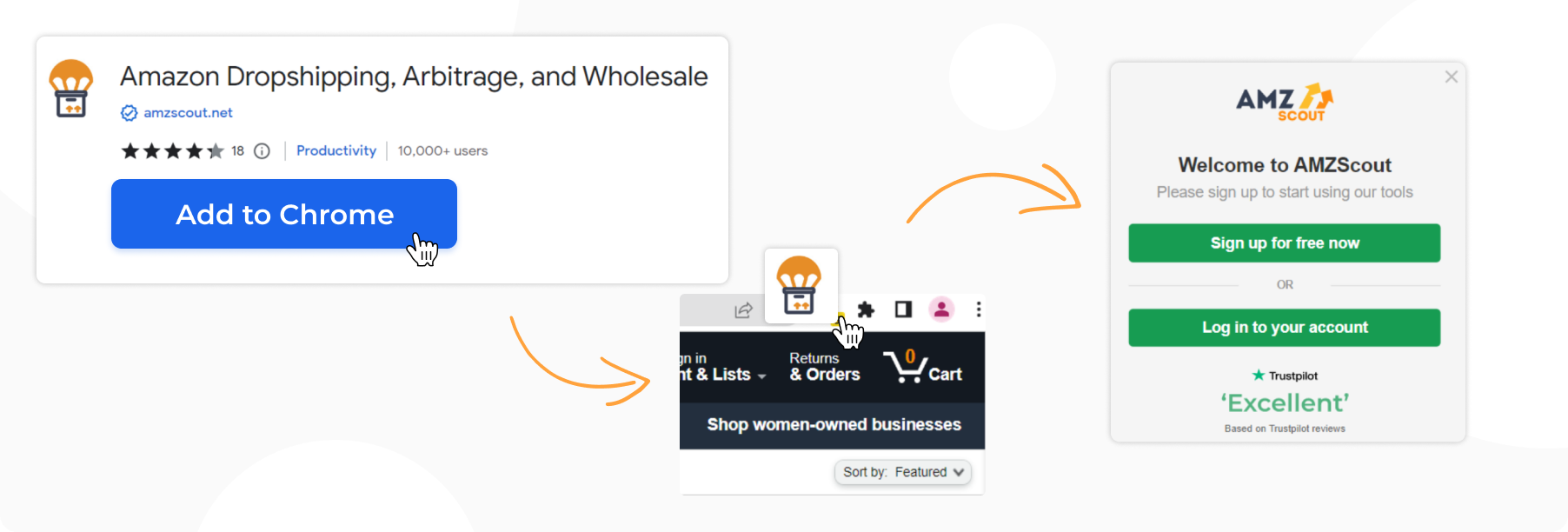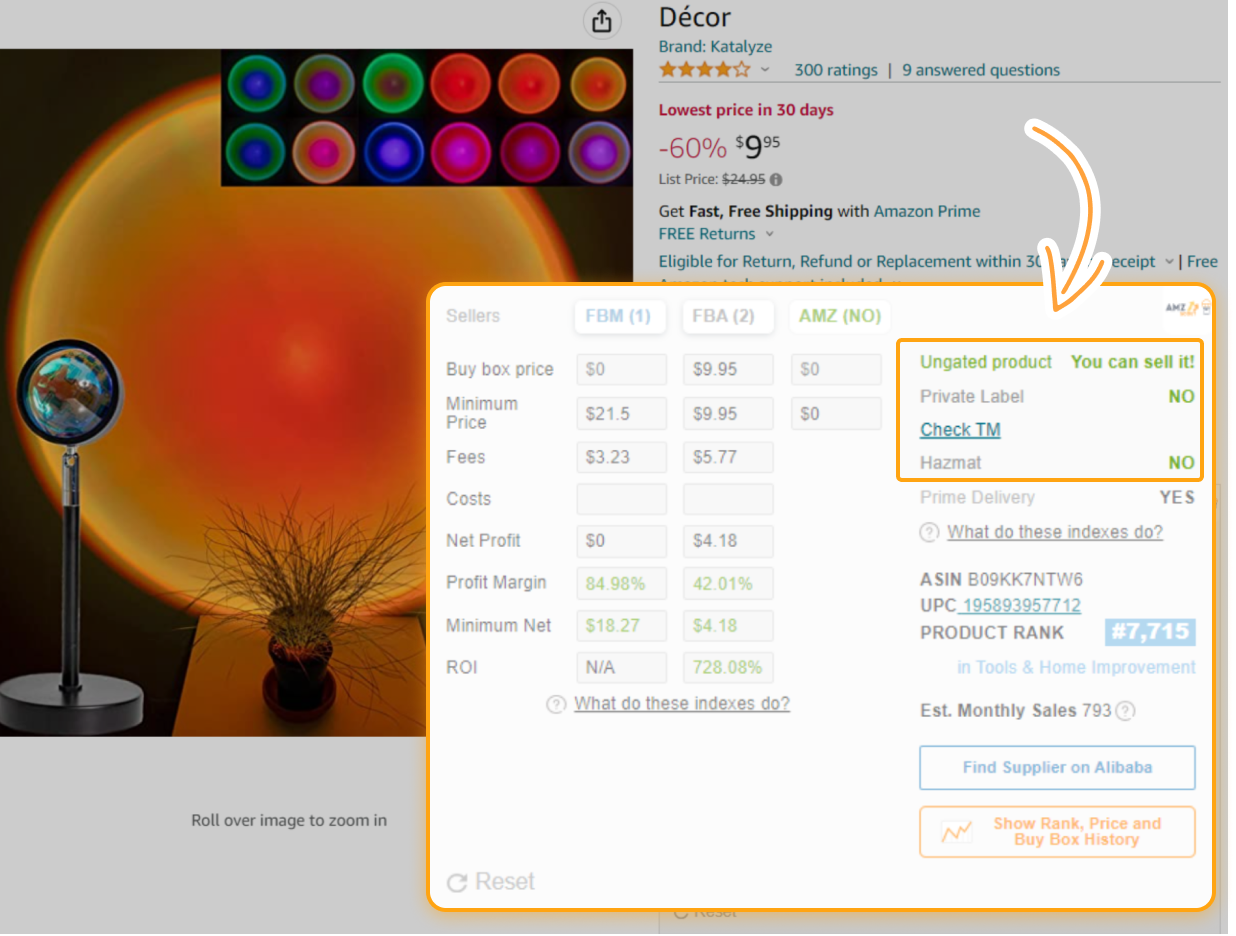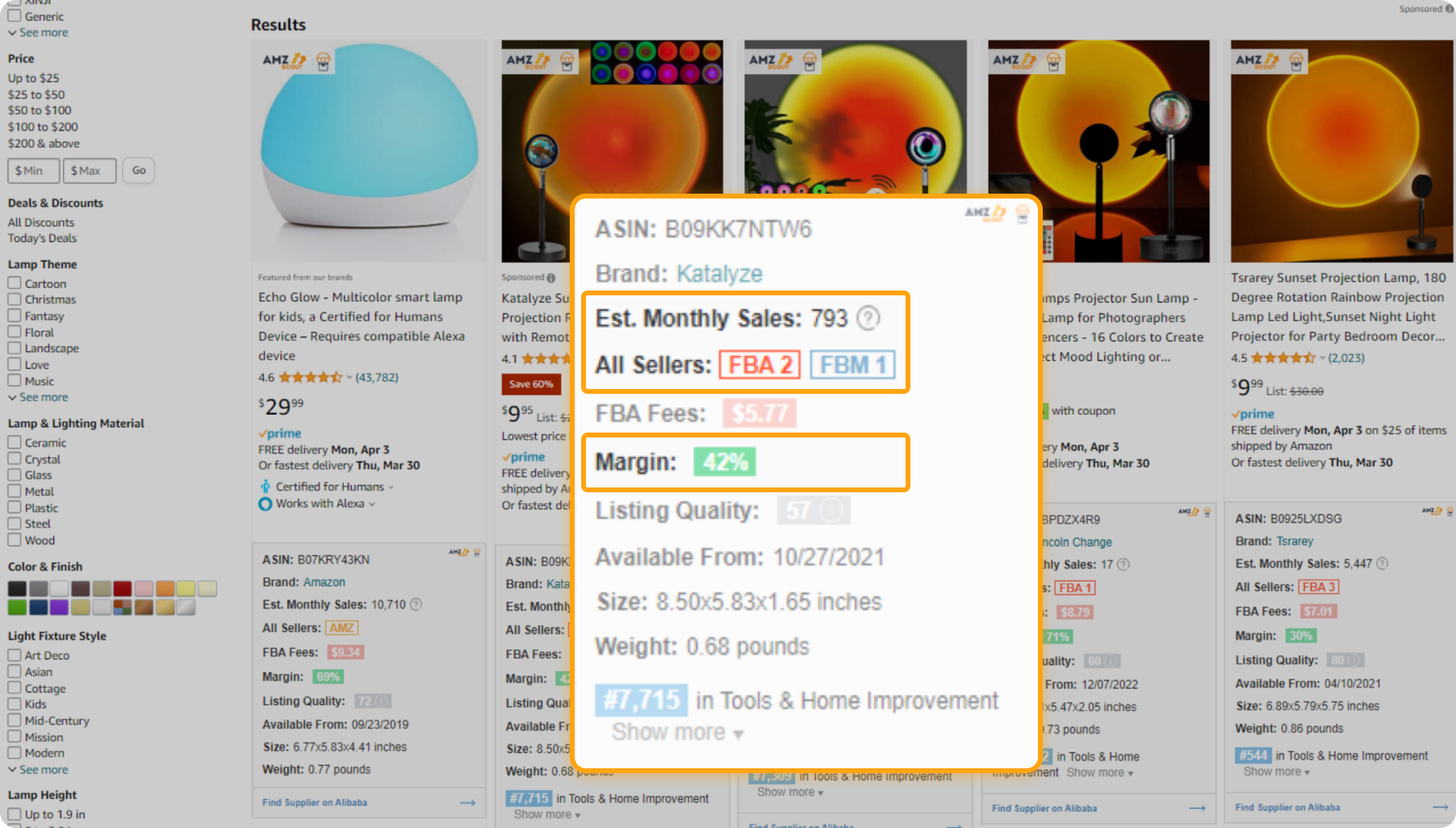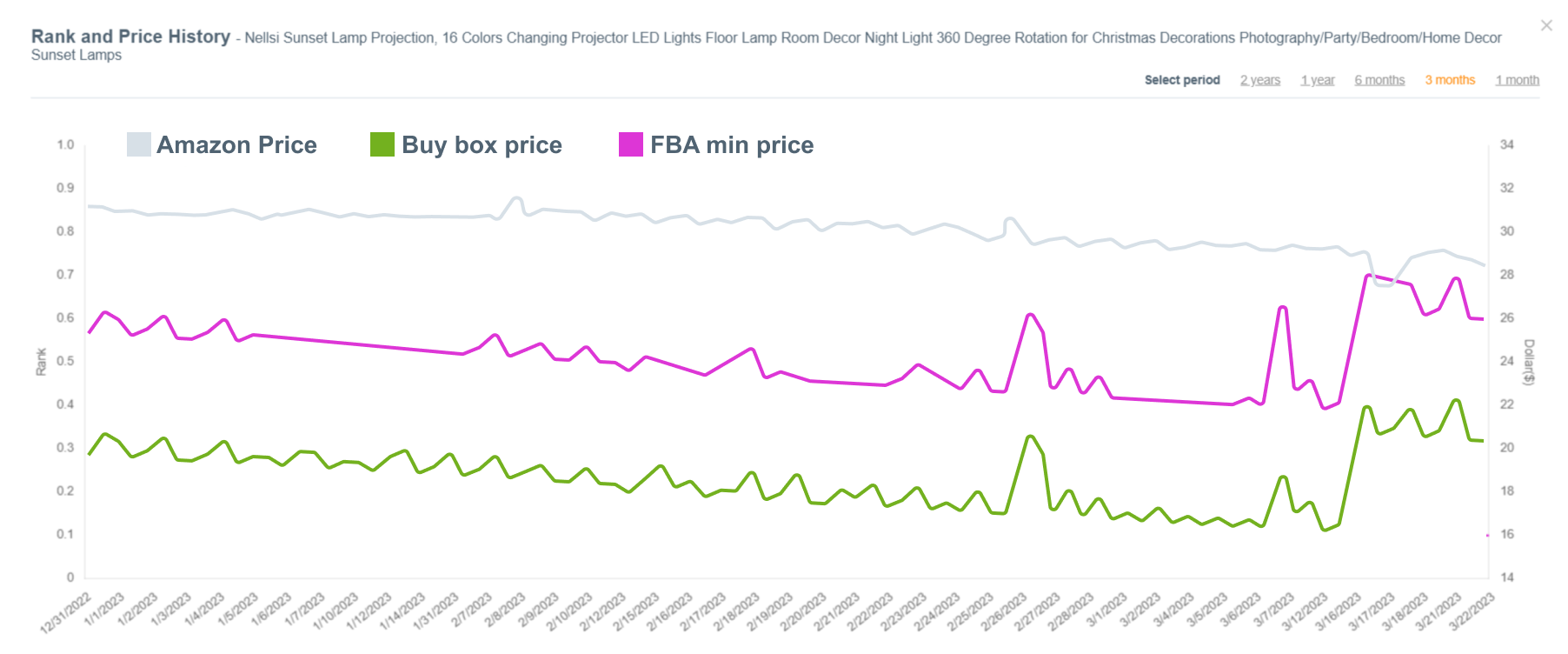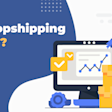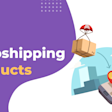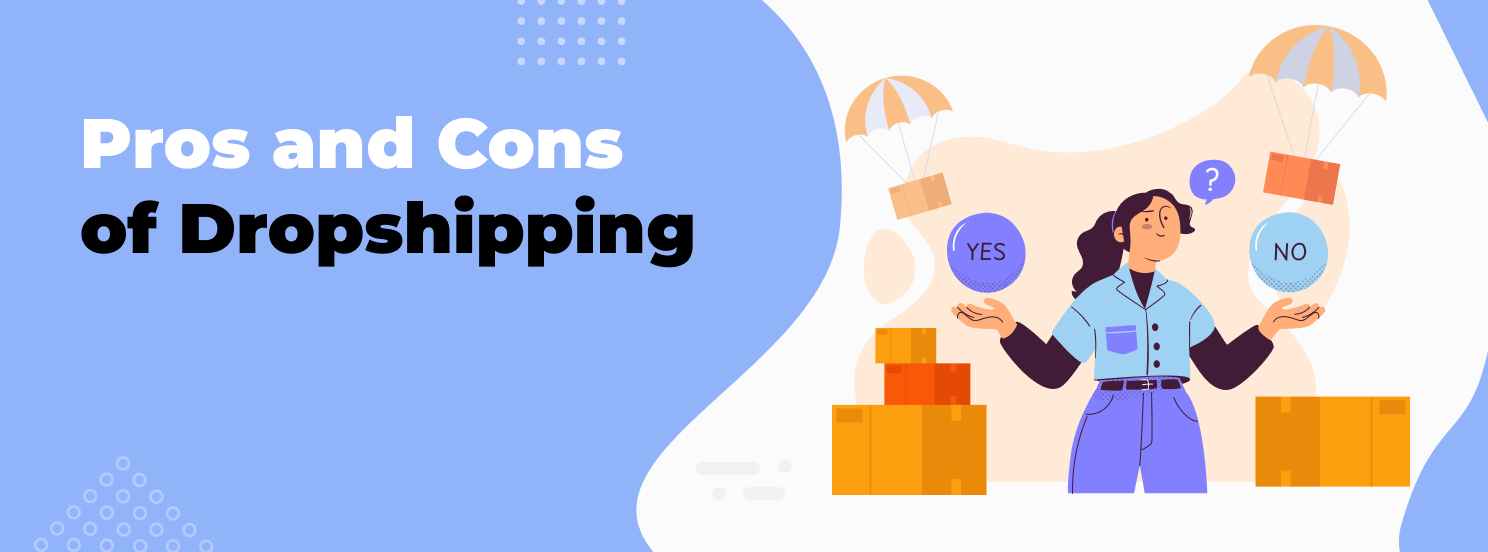
Dropshipping Pros and Cons You Need to Know
Dropshipping has become a popular choice for entrepreneurs, as it offers a low-cost and straightforward way to start a business. While it does provide an accessible entry point into e-commerce, dropshipping also comes with challenges that demand thoughtful management. Understanding the nuances of this model is key to creating a strong selling strategy and driving success.
In this article, we’ll examine the pros and cons of dropshipping and share actionable tips to enhance your performance.
Pros of Dropshipping
When you’re trying to decide whether to start a dropshipping business, it’s important to first evaluate the advantages this approach offers. While there are many factors to consider, here are the top seven:
Minimal Costs
Starting a dropshipping business typically requires a minimal upfront investment. The main expenses usually include platform subscriptions and ads designed to attract customers. With this model, there's no need to purchase physical products or maintain a warehouse, making it an affordable option. In fact, some users on Reddit have shared that they were able to start their dropshipping ventures with as little as $100.
Flexibility
Dropshipping offers the flexibility to work from anywhere and set your own hours. With all operations handled online, there's no need to find and buy products in person or handle inventory storage and shipping. Plus, automation tools are available to streamline your tasks, making it possible to run a business with minimal active involvement.
Easy to Start
Dropshipping allows you to launch your business quickly, as you don’t need to wait for products to be manufactured or delivered to your warehouse. You can start selling as soon as you select a supplier and set up your online store. This saves a lot of time, allowing you to focus on marketing and growing your business right away.
Scalability
Dropshipping provides excellent scalability, allowing you to grow your business without the typical constraints of inventory management. Since you don’t have to worry about stocking products or handling fulfillment, you can easily test and add new products to your store. By simply importing items from your supplier, you can expand your product range quickly and efficiently.
No Inventory Hassle
One of the greatest advantages of dropshipping is that your supplier handles all of your inventory, shipping, and fulfillment, relieving you from managing stock levels and dealing with the complexities of packaging and delivery. This is particularly advantageous with international orders, as the supplier should be equipped to manage customs regulations, ensuring a smoother process for you and your customers.
Wide Selection of Platforms, Products, and Suppliers
Dropshipping's popularity has led to a wide range of products available for resale, with AliExpress alone offering over 100 million products. The variety of available platforms allows you to choose the one that best fits your business needs, whether you’re targeting a broad audience or building a personalized website. Additionally, the broad selection of suppliers gives you the flexibility to secure the best deals and conditions, maximizing your profitability.
Minimized Risks
With dropshipping, you don’t pay for products upfront. Instead, you only purchase items from the supplier once you make a sale. This minimizes the risk of investing in unsold inventory, which can be a significant hurdle for traditional retail businesses. If a product doesn’t perform well, you can simply remove it from your store without any financial loss or hassle.
While these benefits are significant, it’s also important to consider the potential downsides of the dropshipping model. Let’s take a look at some of the challenges that entrepreneurs may face when starting a dropshipping business.
Cons of Dropshipping
Understanding the potential disadvantages of dropshipping can help you avoid starting a business that doesn’t align with your goals, saving you from disappointment and wasted effort. Based on the experiences of dropshipping sellers shared on Quora, here are the main drawbacks:
Lack of Control
Since you don’t own the products or manage your own shipping, you are heavily dependent on your supplier. This means you don’t have any control over issues like shipping the wrong size or sending an item to the wrong address. Additionally, you’re subject to your supplier’s policies, including their return and refund terms. This means that any delays or errors made by the supplier can reflect poorly on your business, even if they weren’t your fault.
Low Profit Margins
Dropshippers often have to lower their prices to stay competitive, which can further reduce your earnings. Additionally, fees for payment processing, advertising, and other expenses can quickly eat into your profits. To make up for these narrow margins, scaling your business may require significant volume, which can be challenging to achieve.
Hidden Costs
While dropshipping seems straightforward, there are often hidden costs to consider. Packaging fees, restocking charges, and related costs for premium access to certain suppliers can quickly add up. Marketing expenses needed to drive traffic to your store also play a significant role, especially if you’re competing in a saturated niche.
High Competition
Dropshipping’s low barrier to entry attracts many sellers, which creates intense competition. For example, the products your customers order may sell out before you can purchase them, as other dropshippers might buy them first, leading to customer dissatisfaction. Additionally, dropshippers now face competition from marketplaces like Temu, which offer products at extremely low prices, making it even harder to remain competitive.
Customer Service
While storage and shipping are handled by your supplier, managing customer service remains your responsibility. Handling customer inquiries, such as questions about item measurements or material composition, can be challenging since you need to consult your supplier for details. This can delay your response time, often resulting in customer frustration.
Legal Issues
Not all platforms permit dropshipping, particularly marketplaces that prioritize ensuring a positive customer experience, which can be difficult to guarantee when the seller doesn’t handle the products directly. For instance, Amazon enforces strict rules, such as requiring branded packaging, which makes direct dropshipping more challenging. Any violation of these policies can result in suspension or removal of your account, and cause significant disruptions to your business.
Difficulty Building Customer Loyalty
Building customer loyalty can be challenging with dropshipping because suppliers typically don’t allow customization like branded packaging, thank-you cards, or free gifts. This makes it difficult to create a strong connection between your store and your customers. Additionally, you have no control over the products or brands your supplier stocks, so if they stop offering a popular item, you risk losing customers who rely on it.
While dropshipping has its challenges, there are strategies that can help you scale your business and achieve success. Let’s explore them below.
How to Increase Your Chances of Success
Now that we’ve covered various dropshipping pros and cons, let’s explore practical strategies to help you succeed. Focusing on the following three key areas can help you build a solid foundation and achieve long-term success.
Find Low-Competition Products with High Profits
While your supplier may offer thousands of products, it’s not necessary—or wise—to import all of these into your store. Instead, focus on identifying products that will generate a profit. This approach helps you secure sales, maintain healthy margins, and allocate resources like ad budgets more effectively.
Finding items with low competition and high profitability requires analyzing trends and evaluating key metrics, like sales volume and competition levels. To illustrate how to do this, we’ll use Amazon as an example because this platform is a leader in e-commerce and reflects current consumer trends. Additionally, there are specialized analytical tools designed specifically for Amazon to help you streamline the process.
One top choice that’s known for its functionality and user-friendly interface is AMZScout, which is designed to help sellers identify lucrative opportunities. Below, we’ll explore how to pinpoint low-competition and high-profit products using AMZScout.
Identify the Best Items to Dropship with AMZScout
AMZScout offers a dedicated Dropshipping, Arbitrage, and Wholesale Extension to help dropshippers select the right products for their businesses. This tool not only identifies profitable opportunities but also helps mitigate risks by flagging products that may be risky to sell on Amazon.
Here’s how to evaluate a product before importing it from your supplier to your store:
1. Install the Amazon Dropshipping, Arbitrage, and Wholesale Extension. Enter your email address to start a free trial.
2. Search for products. Search for the product by entering its name or ASIN in Amazon's search bar, then open the product page to review the details.
3. Check for selling restrictions. In the lower section of the extension’s interface, review the following factors:
Gated category: Determine if Amazon requires approval to sell that particular product. For instance, selling well-known brands often requires providing a reseller certificate from your supplier.
Private label: Confirm if the product is part of a private label, as these items are exclusive to their brand and cannot be sold by other sellers.
HAZMAT status: Identify if the product is classified as containing hazardous materials. For example, electronics containing lithium batteries often need special certifications in order to receive selling permission.
Brand permission: Use the ™ feature to check if the trademark is registered. If so, you may need to contact the brand owner for reselling permission.
4. Evaluate the competition. Focus on the competition-related details displayed at the top of the built-in window:
Number of competitors: If more than 15 other sellers offer the product, the competition may be too high.
Amazon’s presence: Avoid products where Amazon is also a seller, as it’s difficult to compete with them.
5. Analyze demand. Scroll to the bottom of the interface to review the product's estimated monthly sales. A minimum of 200 sales/month typically indicates strong demand and good earning potential.
6. Review product history. Use the Rank, Price, and Buy Box History feature to study trends in rankings and pricing for the product over time. This data is invaluable for understanding the product’s market performance and identifying optimal pricing strategies.
7. Calculate the potential profit. Utilize the built-in profit calculator to estimate your margins. In the FBM (Fulfilled by Merchant) column, input all costs associated with the product, such as the purchase price, shipping fees, and any additional expenses. Ensure that the profit margin exceeds 20%; otherwise, the product may not be worth selling.
By following these steps, you can identify the best products for dropshipping. While Amazon serves as a reliable source for insights, these strategies are equally effective for other e-commerce platforms.
Work with Trusted Suppliers
Since most dropshipping tasks are managed by your supplier, choosing a reliable one is essential. When selecting a supplier, pay attention to the following factors that can impact your business significantly:
Customer support: Opt for suppliers with 24/7 customer support. This ensures timely assistance when your customers face issues that require your supplier’s involvement.
Return policy: Verify the supplier’s return policy, including any restocking fees. It might be useful to ensure that their return policy aligns with your own to avoid unapproved returns or unexpected costs.
Shipping: Check which couriers they use and prioritize suppliers who offer reliable services, like DHL or FedEx. These couriers require a signature upon delivery, which reduces the risk of lost or stolen orders.
Products: Review the quality, size range, and stock levels of their items. High-quality products reduce returns, while adequate stock availability prevents situations where items sell out before you can fulfill an order.
Integration: Choose suppliers that provide automated integration with your platform. This streamlines processes like product imports and order forwarding, saving you time and reducing manual errors.
To ensure reliability, research the supplier thoroughly whose products you plan to dropship. Read reviews on platforms like Trustpilot, and search their name along with keywords like “scam” on Google. Placing a test order can also help you assess their communication, product quality, and overall efficiency.
Scale Your Business
Once you’ve established a solid foundation, focus on scaling your business to maximize your profits. According to top dropshippers, here are three proven strategies for achieving growth:
Diversify your product range: Dropshipping makes it easy to add new products. Consider finding complementary items or suppliers offering such options. For example, if you dropship apparel, adding accessories like belts or scarves can boost sales by providing more options for customers.
Invest in marketing: Collaborating with influencers and bloggers can help expand your reach to new audiences. Additionally, running targeted ad campaigns will boost your store’s visibility and drive traffic, ultimately increasing sales.
Look for new ideas: Stay ahead of trends by checking platforms like Instagram and TikTok. For instance, customization is popular currently, and some dropshipping suppliers offer services like adding initials to shirts or engraving products, which can give you an edge in appealing to buyers.
Scaling your business requires consistent effort, creativity, and adaptability. By tracking your performance regularly, you will be able to refine your approach, focus on what works, and address challenges effectively to ensure sustainable growth.
Conclusion
While dropshipping may seem like an easy way to get started, its success depends largely on optimizing key business aspects, especially product selection. To identify the best products to dropship, consider using AMZScout. This approach increases your chances of profitability while streamlining your operations.
